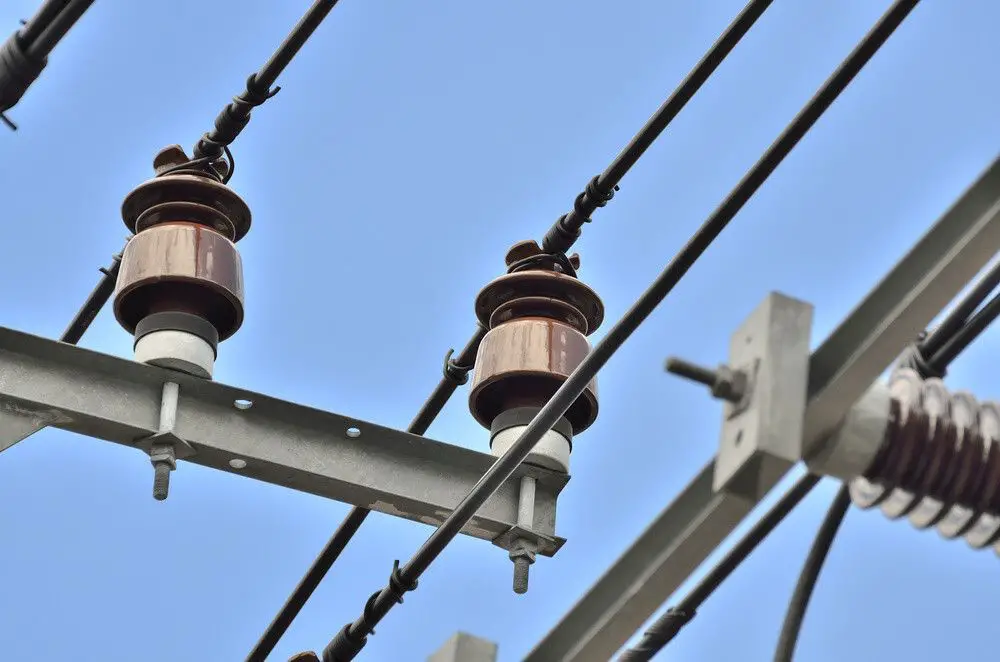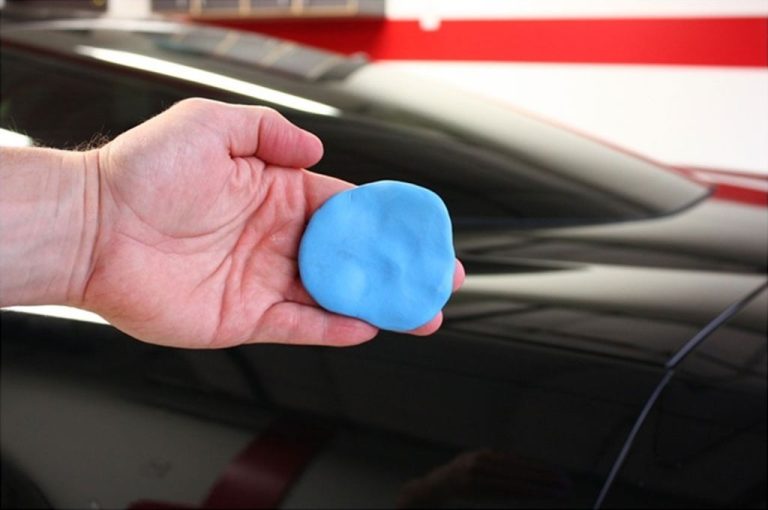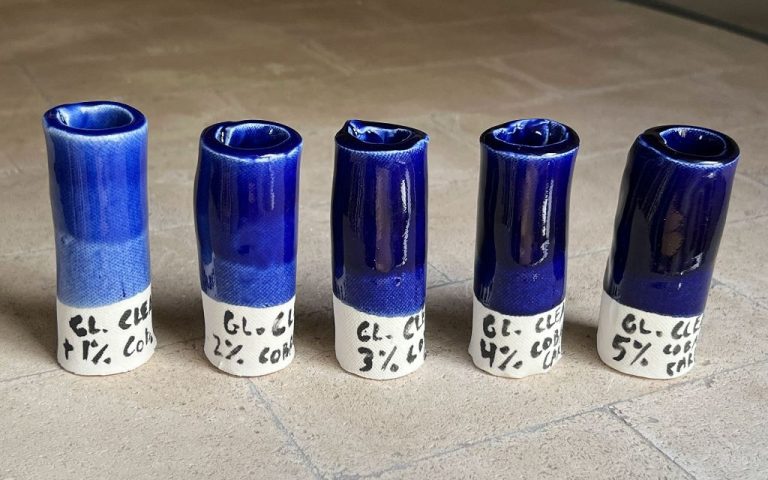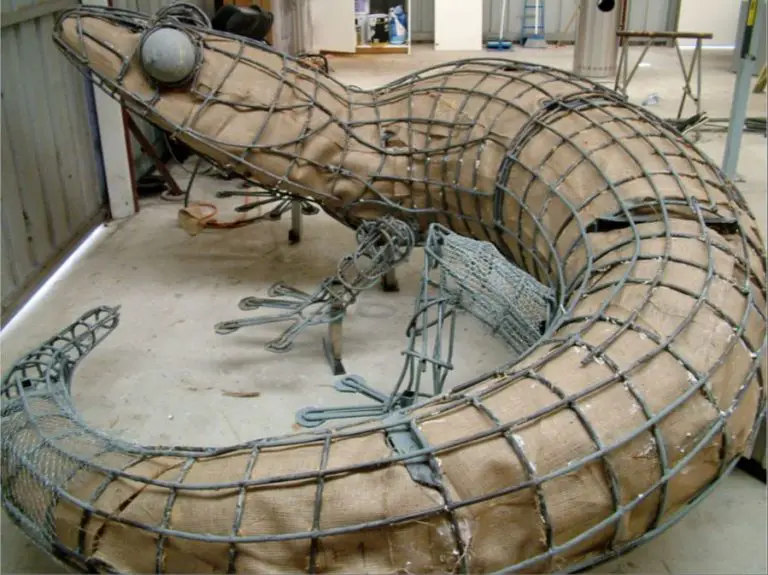Where Are Porcelain Insulators Used?
Porcelain insulators are a type of electrical insulator made from porcelain material. They play a crucial role in electrical power systems by supporting and insulating electrical conductors like power lines and electrical equipment (Insulator (electricity)). Porcelain is used to manufacture insulators due to its high mechanical strength, dielectric properties, and resistance to fire and weathering. Unlike other insulator materials like glass and polymer, porcelain can withstand high voltages, is non-flammable, and does not easily degrade under UV radiation.
Insulators prevent the flow of electrical current from a conductor into the ground or surrounding structures. They are inserted at regular intervals in power lines to support the cables while insulating them from utility poles and transmission towers. Without insulators, energized wires would short circuit to ground and fail catastrophically. Porcelain types are commonly found in overhead power distribution systems, switchgear bushings, and telecommunication networks. Their reliable electrical insulation and structural load bearing make them integral components for the safe and effective transmission of electricity.
History
Porcelain insulators were first developed in the 1850s and 1860s to meet the needs of the growing telegraph industry. Local potteries began producing crude porcelain insulators to support telegraph lines (A Brief History of Porcelain Insulators). Porcelain was an ideal insulator material because it was inexpensive, durable, and non-conductive. Prior to porcelain, glass insulators were used but they broke easily.
The first successful porcelain insulator is credited to Orville Ensign, an engineer at Edison Electric Company in the late 1800s, the precursor to Southern California Edison. Ensign developed an affordable, durable porcelain insulator that could withstand the expansion and contraction of electrical wires (The First Porcelain Insulator – Energized by Edison). This paved the way for more widespread adoption of porcelain in electrical systems.
Manufacturing Process
Porcelain insulators are made from a mixture of fine clay, quartz sand, and feldspar. These raw materials are precisely measured and mixed with water to create a slurry. The slurry is filtered to remove impurities and then molded into the desired insulator shape, often using a hydraulic press. After molding, the porcelain undergoes drying to remove excess moisture. It is then fired in a kiln at temperatures up to 1400°C to vitrify and strengthen the porcelain body (https://www.inmr.com/manufacture-of-porcelain-insulators/).
The main steps in manufacturing porcelain insulators are:
- Preparing the porcelain mixture from raw materials
- Filtering and mixing the slurry
- Molding the insulator shape
- Drying to remove moisture
- Firing at high temperatures in a kiln
- Adding metal end fittings
- Testing mechanical and electrical properties
Highly skilled technicians carefully control the composition and processing at each stage to achieve the exact properties needed for a robust electrical insulator (https://www.intechopen.com/chapters/77542). The final product is checked to ensure it meets quality and performance specifications before being shipped.
Types
Porcelain insulators come in many different categories based on their design and application. Some of the most common types include:
Pin Type Insulators
Pin type insulators are designed with a top knob and bottom pin that allows them to be mounted on crossarms and provide insulation for overhead power lines. They were one of the earliest styles of insulators developed. Different pin insulator designs indicate the voltage class and insulation strength. According to the Porcelain Insulator Manufacturers Association, some categories include (https://www.nia.org/general/porcelain/p_uspt.htm):

- Spool insulators for lower voltage distribution lines
- Standard and lightweight insulators for transmission lines up to 115 kV
- Cap and pin insulators for transmission lines over 115 kV
- Long rod insulators for ultra high voltages up to 1,100 kV
Suspension Insulators
Suspension insulators are made up of multiple porcelain disks linked together on an iron pin or steel eye. They provide insulation for high voltage overhead conductors and can be connected in series to increase the insulation strength. Suspension insulators are commonly used for transmission lines exceeding 115 kV. The number of porcelain disks indicates the voltage class.
Strain Insulators
Strain insulators consist of a porcelain insulator attached to steel end fittings or anchors for holding overhead conductors and cables under tension. They are designed to withstand both electrical and mechanical stress. Different end fitting designs are used for specific cable sizes and tensions.
Applications
Porcelain insulators are widely used in a variety of applications, but some of the most common are:
Power transmission and distribution – Porcelain insulators are commonly used to support and insulate high voltage power lines and electrical equipment. Their high dielectric strength and resistance to tracking and arcing make them well-suited for insulating conductors carrying high voltages. They help prevent short circuits and control the flow of electricity in overhead power lines, substations, and electrical grids.
Telecommunications – Insulators made of porcelain are often used in telegraph, telephone, cellular, and fiber optic lines. They provide insulation between wires and support aerial cables while preventing short circuits. Porcelain stands up well to weather extremes and contaminants, helping maintain reliable signal transmission.
Railways – Porcelain has been widely used in rail infrastructure to insulate and support electrified railways and overhead catenary lines. Insulators separate the high voltage lines providing power to electric trains from grounded surfaces. Porcelain material helps prevent tracking, arcing, and short circuiting in railway networks.
Advantages
Porcelain insulators offer some key benefits that make them a popular choice in many electrical applications:
Porcelain has high mechanical strength. It is able to withstand high amounts of pressure and force without breaking or cracking. This makes porcelain insulators very durable and effective at insulating and supporting electrical wires and components.
Porcelain also offers excellent resistance to electricity. It has a high dielectric strength, meaning it can resist electrical conduction even when high voltages are applied. This prevents current leakage and enables porcelain to effectively insulate live wires and high voltage equipment.
In addition, porcelain has good resistance to weathering and chemicals. It does not corrode or degrade easily when exposed to water, UV rays, acidic pollution, and other environmental factors. Porcelain insulators can maintain their insulating properties even after years installed outdoors.
Overall, the high mechanical strength, electrical resistance, and durability of porcelain makes it an ideal material for insulators in demanding electrical applications, from power transmission lines to electric fences.
Limitations
One of the main limitations of porcelain insulators is their brittleness. Porcelain is a ceramic material that is prone to cracking and breaking under physical stress or impact1. This makes porcelain insulators less durable and prone to damage during transportation, installation, and operation. Even small cracks in the glaze can allow moisture ingress and electrical tracking over the surface. Porcelain insulators must therefore be handled with care to avoid cracks and impact damage.
Another drawback of porcelain insulators is their heavy weight2. The high density of porcelain means porcelain insulators are substantially heavier than polymer insulators. The heavy weight puts more load on the supporting structures and makes installation more difficult. Heavier porcelain insulators also have higher transportation costs.
Trends
The porcelain insulators industry has seen steady growth in recent years, driven largely by infrastructure development and urbanization in developing countries (Porcelain Insulators Market: Global Industry Analysis and …). According to industry analysis, the global porcelain insulators market is projected to grow at a CAGR of 6.5% from 2023-2028 (Porcelain Insulators Market Trends | Industry Report, 2028).
Two key trends shaping the porcelain insulators industry are:
Growing demand from developing countries: Emerging economies like China, India, Brazil, and countries in Southeast Asia are investing heavily in electrical infrastructure expansion. This is driving increased demand for porcelain insulators for power transmission and distribution networks. Rapid urbanization and industrialization in these regions is expected to sustain industry growth.
Research into new composite materials: While porcelain has been the dominant insulator material, research is ongoing into alternative materials like silicon rubber and ethylene propylene diene monomer (EPDM) rubber. These composite polymer insulators offer benefits like lightweight construction, resilience to vandalism, and minimal maintenance. However, porcelain still retains advantages in high voltage applications. Further advances in composite insulators could disrupt the industry.
Environmental Impact
Porcelain insulators have a relatively low environmental impact compared to other insulator materials. The main environmental considerations for porcelain insulators are energy and resource usage in production, and safe disposal.
Manufacturing porcelain insulators is an energy-intensive process due to the high temperatures required to form and fire the porcelain. However, efforts have been made by manufacturers to improve energy efficiency. Some use waste heat recovery systems to reduce natural gas consumption (Porcelain Insulators are Naturally Green).
Porcelain insulators are made from naturally occurring raw materials like clay, feldspar and quartz. These materials are abundant and not scarce resources. Proper mining practices need to be followed to minimize environmental damage from quarrying (Porcelain Insulators are Naturally Green).
At end of life, porcelain insulators can be crushed and recycled. The porcelain powder can be used in some cement and concrete applications. Proper disposal is important as porcelain contains traces of heavy metals that can leach into the environment (Porcelain Insulators are Inherently ‘Green’).
Future Outlook
The global porcelain insulator market is projected to continue growing at a steady pace in the coming years. According to a report by XYZ Research, the market is expected to reach $15.04 billion by 2033, growing at a CAGR of 6.16% from 2023-2033.
This growth will be driven by the increasing investments in electricity networks and infrastructure, especially in developing countries. Upgrades to aging grid infrastructure will create demand for new insulators as older units are replaced. Porcelain insulators are known for their durability and reliability, which makes them well-suited for these long-term infrastructure projects.
Advancements in porcelain insulator technology and manufacturing processes will also contribute to market growth. Researchers are developing new glaze materials and production techniques to improve the insulators’ mechanical strength, resistance to pollution, and overall performance. This includes innovations like hollow insulators that are lighter weight.
However, porcelain insulators will face increasing competition from polymer insulators made of silicone rubber and other composites. Polymer insulators are lighter, easier to install, and have superior hydrophobicity. This makes them well-suited for heavily polluted areas near coasts and industrial zones. According to industry forecasts, the share of composite polymer insulators will increase to over 15% of the global insulator market by 2025.
Overall, porcelain insulators are expected to maintain a dominant market share in the near future. But manufacturers will need to continue innovating and improving their products’ capabilities to stay competitive with newer polymer alternatives.





